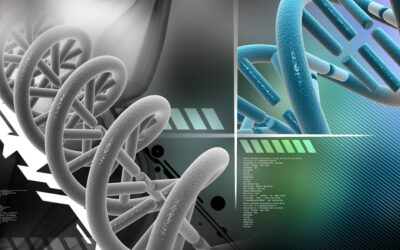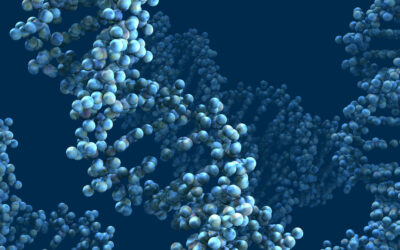Nutrigenetic algorithms are created through a combination of genetic algorithms and nutrigenetics, which is the study of how an individual’s genes interact with their diet. Here is an overview of the process of creating nutrigenetic algorithms:
- Define the Problem: The first step is to clearly define the problem that the nutrigenetic algorithm aims to solve. This could include optimizing an individual’s diet based on their genetic profile, identifying specific dietary recommendations based on genetic markers, or predicting an individual’s response to certain nutrients.
- Collect Genetic and Dietary Data: To create a nutrigenetic algorithm, a dataset of genetic and dietary information is required. This typically involves collecting genetic data through techniques like DNA sequencing or genotyping, as well as gathering detailed dietary information through surveys or food diaries.
- Preprocess the Data: The collected genetic and dietary data may need to be preprocessed before it can be used in the algorithm. This could involve cleaning the data, handling missing values, normalizing variables, and transforming the data into a suitable format for analysis.
- Define the Fitness Function: In genetic algorithms, a fitness function is used to evaluate the quality or suitability of each individual in the population. For nutrigenetic algorithms, the fitness function may be based on specific health or dietary goals. For example, if the goal is to optimize an individual’s diet, the fitness function could consider factors like nutrient intake, disease risk, or metabolic markers.
- Design the Genetic Representation: The genetic representation determines how the genetic information is encoded in the algorithm. In the context of nutrigenetic algorithms, the genetic representation could involve encoding genes, genetic variants, or specific markers relevant to nutrition.
- Initialize the Population: The algorithm starts by creating an initial population of potential solutions. Each individual in the population represents a potential diet plan or combination of dietary recommendations.
- Apply Genetic Operators: Genetic operators, such as selection, crossover, and mutation, are used to simulate the natural process of evolution. Selection determines which individuals are more likely to contribute to the next generation, crossover combines genetic information from two parents to create offspring, and mutation introduces random changes to the genetic information.
- Evaluate Fitness and Iterate: The fitness function is used to evaluate the fitness or quality of each individual in the population. The algorithm then selects the fittest individuals as parents for the next generation, applies genetic operators, and repeats the process for a specified number of iterations or until a certain convergence criteria are met.
- Fine-tune and Validate: After the algorithm has converged, the resulting nutrigenetic recommendations or solutions are typically fine-tuned and validated. This may involve additional analysis, comparison with existing scientific knowledge, and testing against independent datasets or clinical trials.
- Refine and Improve: Nutrigenetic algorithms are not static and can be refined and improved over time as new research and data become available. The algorithm can be updated to incorporate new genetic markers, dietary guidelines, or health outcomes to enhance its predictive or optimization capabilities.
Overall, creating nutrigenetic algorithms involves combining expertise in genetics, nutrition, and algorithm design to develop a computational approach that can provide personalized dietary recommendations based on an individual’s genetic information.





